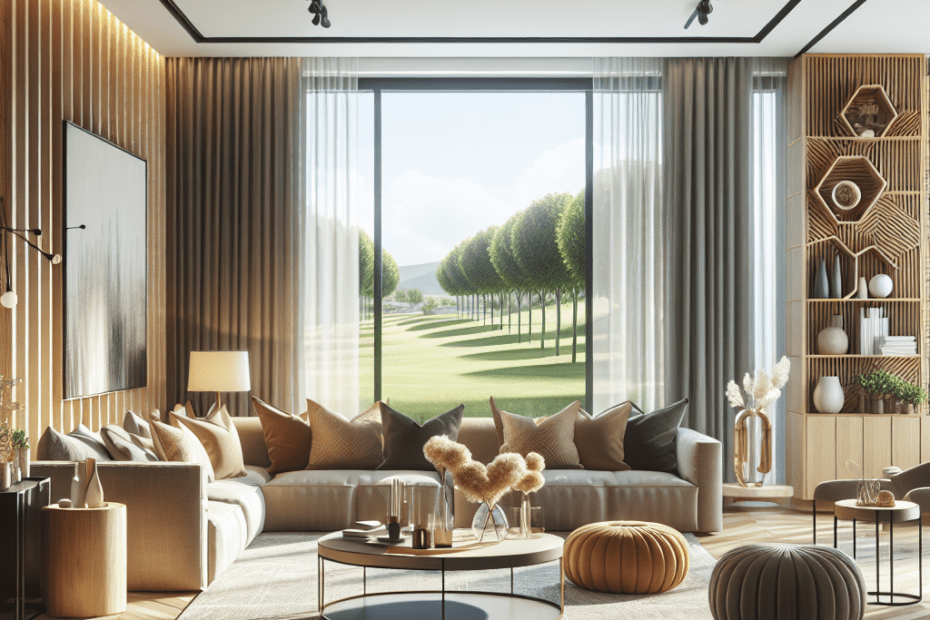“`html
The Decorative Influence of Accent Walls in Contemporary Living Rooms
In contemporary homes, many homeowners have discovered that an accent wall in the living room can dramatically transform their space. They add depth, contrast, and visual interest, cementing their position as a popular interior design tool. Whether through paint, wallpaper, or textured materials, accent walls offer versatile and affordable ways to redefine living spaces.
Understanding Accent Walls
An accent wall is a single wall within a room that stands out from the others, often through a contrasting color or pattern. It guides the eye and acts as a focal point. About 72% of interior designers recommend accent walls as a top renovation project for a fresh look, according to a survey by Houzz.
Benefits of Accent Walls
- Enhance Space Perception: An accent wall can make a room appear larger or add cozy intimacy.
- Cost-Effective Transformation: It provides a facelift to the living room without requiring a full redesign.
- Creative Expression: Homeowners can express their style uniquely and artistically.
Design Options for Accent Walls
Accent walls come in various styles and materials. Paint is the most budget-friendly option, allowing homeowners to experiment with bold colors like navy, mustard, or forest green. For a touch of luxury, wallpaper or stenciling offers intricate patterns.
| Material | Pros | Cons |
|---|---|---|
| Paint | Cost-effective, versatile colors | Plain surface |
| Wallpaper | Patterns and textures | Higher cost, installation effort |
| Wood Paneling | Warmth and texture | Maintenance |
Creating Balance with Accent Walls
An accent wall should complement the room’s overall design. They should consider balancing colors and patterns with other elements, such as furniture and decorations. One approach is to use color theory principles, ensuring contrasting yet harmonizing palettes.
Key Takeaways
- Accent walls are a popular and affordable interior design trend for living rooms.
- They can enhance space perception, provide a cost-effective transformation, and allow for creative expression.
- Common materials include paint, wallpaper, and wood paneling.
- Balancing an accent wall with the overall room design is crucial for aesthetic harmony.
Conclusion
Accent walls in living rooms are not just a decorative choice; they embody the power of transformation. By carefully selecting materials and styles, they create visual interest and make a personal style statement. As contemporary designs evolve, the adaptability and creativity made possible by accent walls ensure they will remain a cornerstone of interior design.
FAQs about Accent Walls in Living Rooms
-
What color should an accent wall be?
A color that complements the rest of the room while standing out. Dark or bold shades are common choices. -
Can any wall be an accent wall?
Yes, however, it is generally best to choose the wall that naturally grabs attention, like the one with a fireplace or large window. -
How big should an accent wall be?
It should be one full wall to create balance and prevent overwhelming the space. -
Do accent walls work in small living rooms?
Yes, if done correctly, they can make a room feel larger by adding depth. -
Is wallpaper better than paint for an accent wall?
It depends on personal preferences and budget. Wallpaper offers texture and patterns, while paint is often simpler and less expensive.
“`
